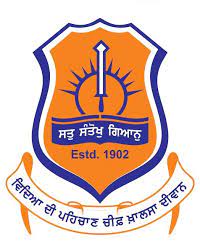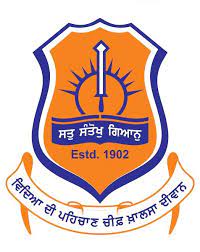NIHAL SINGH, BAVA, resident of Sri Hargobindpur in Gurdaspur district, was originally an employee of the princely state of Kalsia serving in the police department. Later, he went over to Maharaja Bikram Singh of Faridkot. Bava Nihal Singh belonged to the Kuka or Namdhari sect and was the author of an Urdu book, Khurshid Khalsd, published in 1885, in which he extolled Baba Ram Singh Kuka as the eleventh Guru of the Sikhs.
DARBARA SINGH, DlWAN (d. 1734), originally from the mercantile community of Sirhind, became a Sikh receiving the initiatory rites on 30 March 1699, the day the Khalsa was created, and took part in the battles of Anandpur. During the period after Banda Singh he commanded much esteem as a veteran fighter and as diwan, i.e. commissar in charge of rations and forage.









